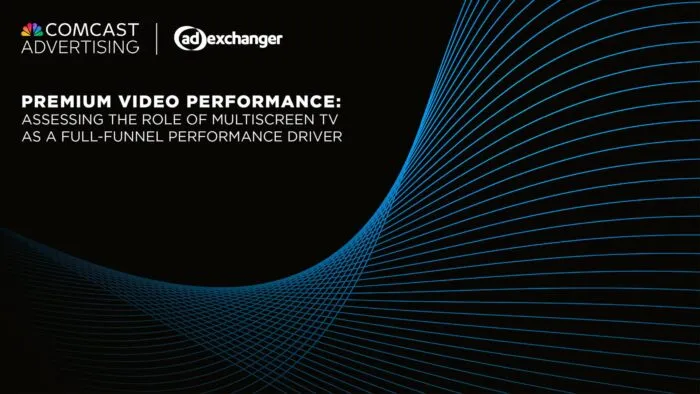If an ad plays but the right audience isn’t around to see it, does it count? Traditional TV has been a tried-and-true advertising tactic for decades but over-the-top (OTT) platforms like free ad-supported streaming TV (FAST) and ad-supported video on demand (AVOD) provide additional ways for brands to reach audiences. With abundant options when it comes to video advertising, how can marketers be sure they are getting in front of the right viewers? The answer is simple: maximize access to different audiences with a multiscreen TV approach. The struggle comes with figuring out the right mix between the two.
While there’s no one-size-fits-all solution for success when it comes to multiscreen TV advertising, Comcast Advertising has recommendations to help you navigate the landscape. Keep reading for insights on how to optimize your ad campaigns.
Lead with Linear, Support with Streaming
Traditional TV is still the most effective way to reach audiences at scale. An analysis of 37,000 multiscreen campaigns revealed that traditional TV drove the majority of campaign reach in the second half of 2022. With households consuming nearly 6 hours of traditional TV per day across an average of 30 networks, it remains a strong foundation for any video ad campaign. And where traditional TV cannot deliver, streaming does. In light and no-TV viewing households, streaming impressions are 4x more likely to be seen.1
Together the two make a powerful duo but, to optimize campaigns, the right balance is needed. For TV, reach is highest when marketers spread their buys between 40-45 networks,2 and, for streaming, the sweet spot for investments hover between 20-30% of a campaign’s budget.1
AVOD and FAST Audiences
Depending on the target audience, marketers should consider splitting their streaming budget between different platforms. FAST, with its linear-like experience, is over 60% more likely to deliver impressions to young adults, multicultural families, and rural homeowners.3 AVOD and other streaming platforms are likelier to reach established couples, higher income households, and urban renters.3
The differences between FAST and AVOD extend beyond likely audiences to content genre. Both platforms offer a slew of programming for viewers to choose from, but specific genres are more popular on one channel over the other. The chart below offers a glimpse into content consumption for FAST and AVOD in the second half of 2022. Comedy was a big draw for both platforms. Viewers who enjoy reality and drama programming are more likely to watch content with AVOD while news and education are more likely to be consumed with FAST. 1
Regardless of the audience, multiscreen TV advertising is the best way to deliver your brand’s message. TV and streaming work better together–leverage both to maximize your campaign reach and meet your audiences wherever they choose to watch.
For more viewership insights, download the latest TV Viewership Report.
Sources:
1. The TV Viewership Report 2H 2022, Comcast Advertising, 2023.
2. Ad Campaigns Get Optimal Reach with 40-45 Networks, Comcast Advertising Reports, Broadcasting+Cable, 2022.
3. Comcast Aggregated Ad Exposure Data from Comcast Advertising Streaming campaigns (2H ’22). Target as defined by Experian.



